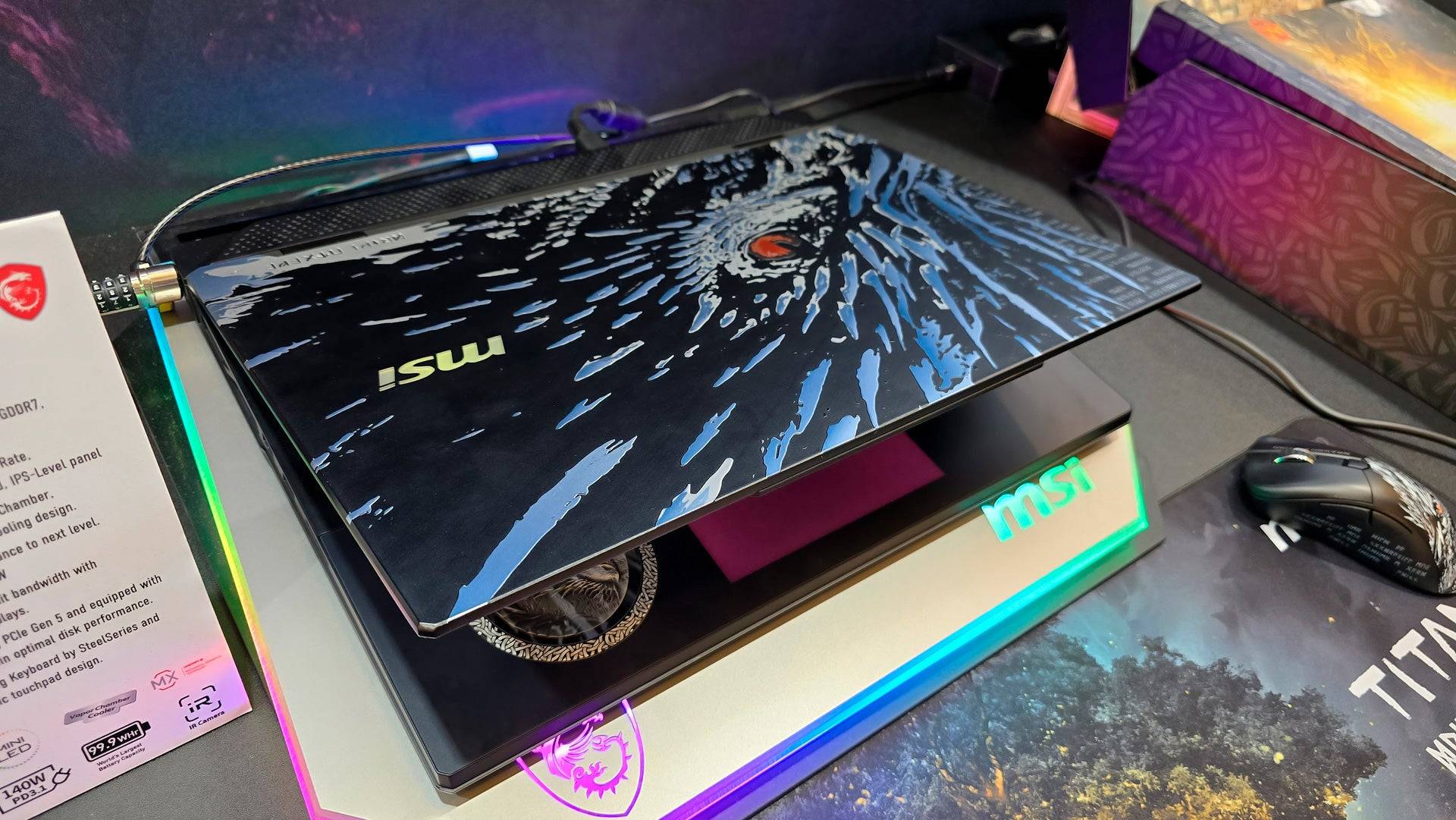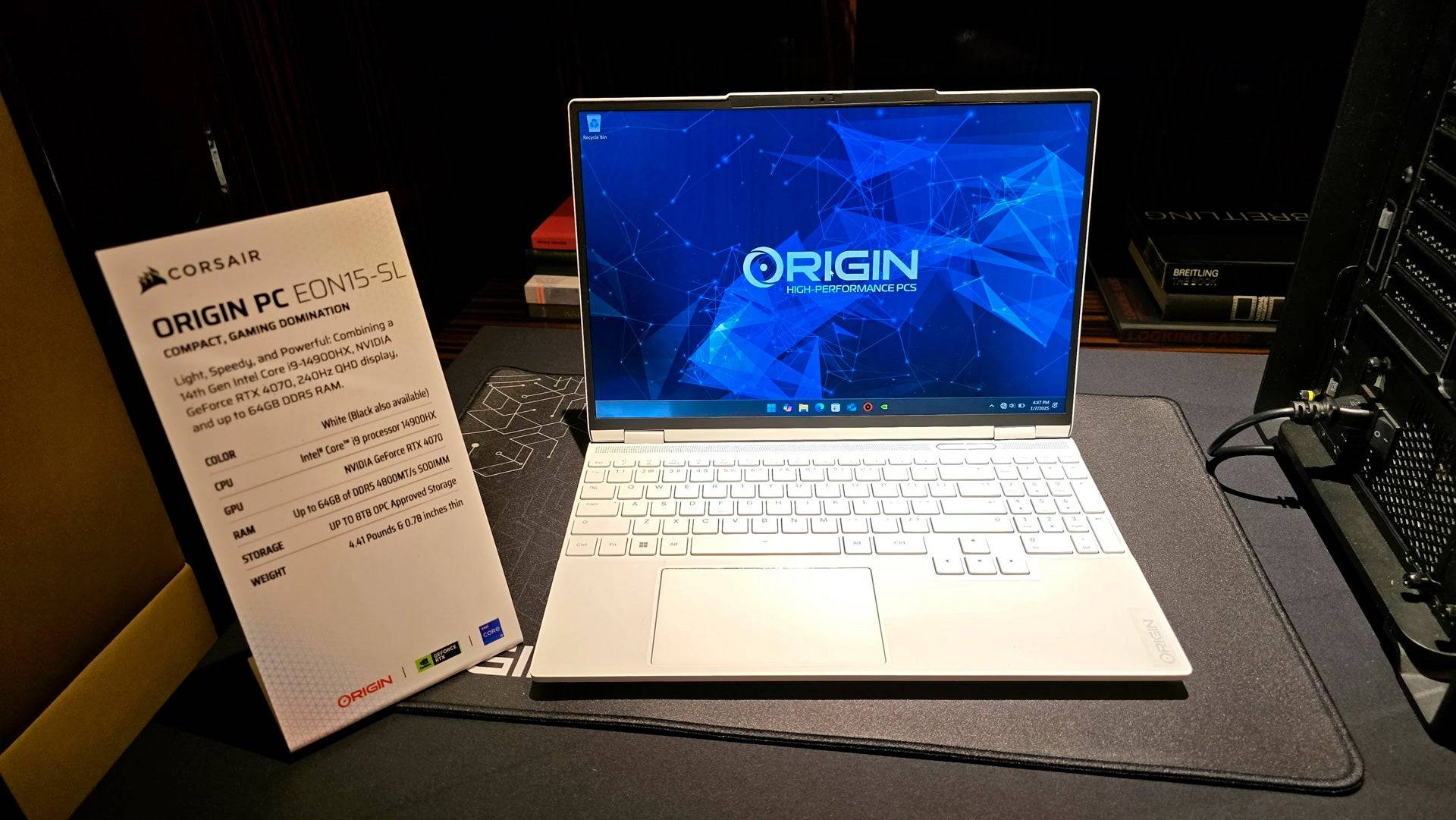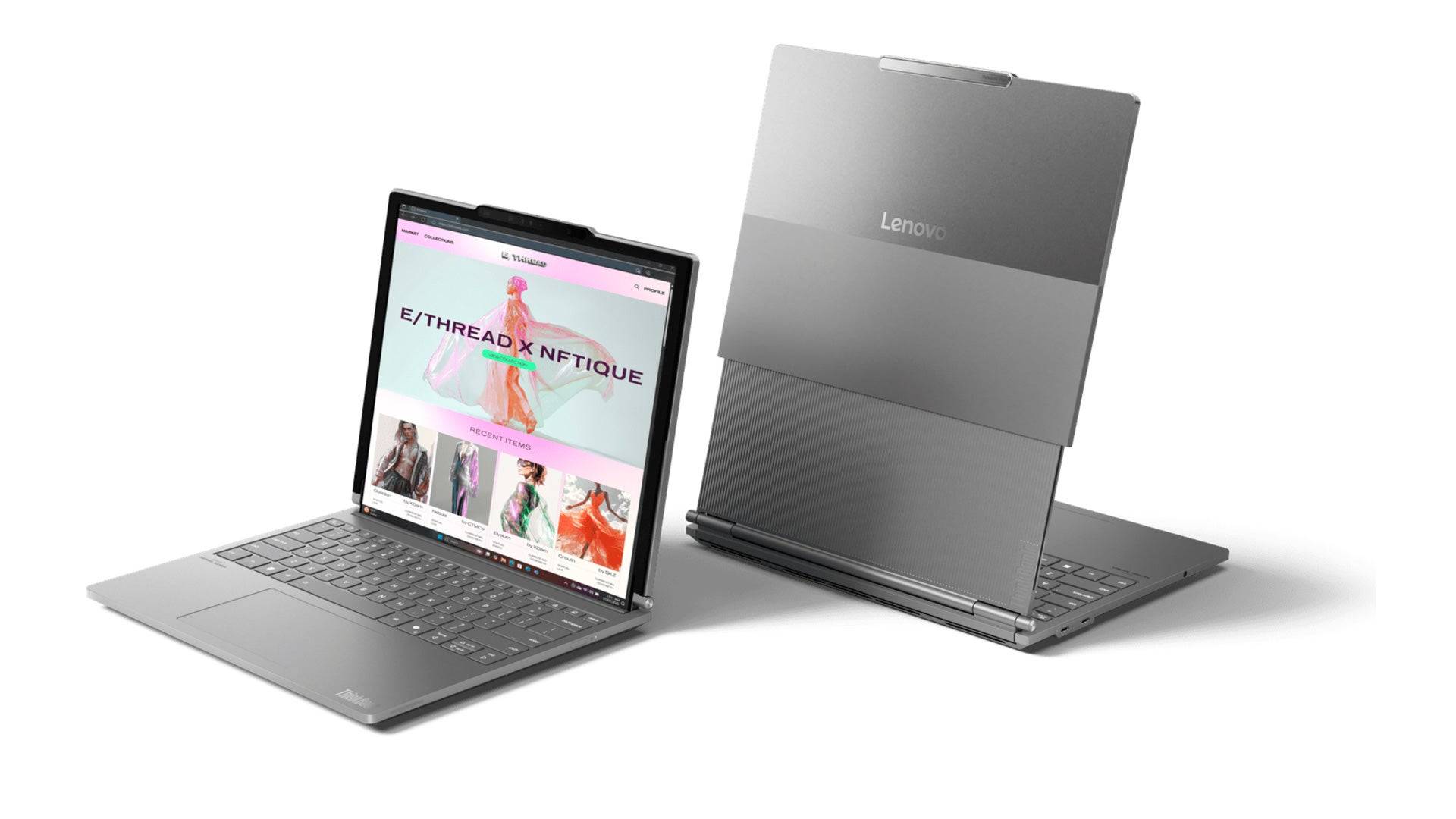The Consumer Electronics Show (CES) never disappoints when it comes to showcasing the latest in laptops, and this year was no different. I explored the vast show floor, along with numerous packed suites and showrooms, to bring you the top trends shaping gaming laptops in 2023. Here are the key themes that dominated this year's gaming laptop showcases.
A Huge Diversity of Designs
Gaming laptops have always been known for their varied designs, but this year, the variety seemed more pronounced. Brands like Gigabyte and MSI are blurring the lines between productivity and gaming, pushing the envelope further. High-end gaming laptops are now expected to offer more than just superior hardware.
This year, you'll find a broader spectrum of gaming laptops. For instance, the Gigabyte Aero series boasts a sleek, professional look that fits seamlessly into any business environment. On the other hand, the MSI Titan 18 HX AI Dragonforged Edition features bold graphics on its lid, making a clear statement about its gaming prowess.
 RGB lighting remains a staple, with innovations like wrap-around lighting rings, illuminated mechanical keyboards, side-lights, rear-lights, and even trackpad lights. The Asus ROG Strix Scar series particularly caught my eye with its AniME Dot Matrix LED display, which showcases text and animations on its lid using white LEDs.
RGB lighting remains a staple, with innovations like wrap-around lighting rings, illuminated mechanical keyboards, side-lights, rear-lights, and even trackpad lights. The Asus ROG Strix Scar series particularly caught my eye with its AniME Dot Matrix LED display, which showcases text and animations on its lid using white LEDs.
While the core design principles remain unchanged, expect to see fresh novelties alongside the traditional spectrum of gaming laptops, from hefty powerhouses to sleek, lightweight models with diverse hardware configurations.
 AI Assistants are Coming
AI Assistants are Coming
Last year, AI began to make its mark on laptops, though the implementations were often underwhelming. This year, several vendors showcased AI Assistants designed to enhance user control over their PCs without needing to manually navigate settings.
In one demo, an MSI representative demonstrated how their AI chatbot could adjust performance settings based on the type of game the user wanted to play. However, I remain skeptical about the true benefits of these systems, especially since it's unclear whether they operate entirely offline. We'll need to see how these features perform once they're fully rolled out.
Mini-LED, Rollable Displays and Other Novelties
Mini-LED technology is finally gaining traction in the gaming laptop market. Asus, MSI, and Gigabyte all displayed Mini-LED laptops with top-tier specs and price tags. These laptops boast over 1,100 local dimming zones for reduced blooming and enhanced contrast, along with exceptional brightness and vivid colors. While OLED still reigns supreme in terms of contrast, Mini-LED's resistance to burn-in and higher sustained brightness make it an exciting prospect for future models.
There were also intriguing novelties on display. The ASUS ROG Flow X13, returning after a year, now supports eGPU connectivity via USB4, simplifying the setup process. Asus paired it with a new eGPU boasting up to an RTX 5090, reminiscent of a Microsoft Surface on steroids.
 Asus also showcased its Zenbook Duo, a dual-screen productivity laptop, but Lenovo stole the show with the Lenovo ThinkBook Plus Gen 6 Rollable, the first notebook with a rollable OLED display. With the press of a button, its 14-inch screen expands by 2.7 inches, though the initial implementation raises durability concerns. Still, as a pioneering product, it holds promise for future iterations and industry adoption.
Asus also showcased its Zenbook Duo, a dual-screen productivity laptop, but Lenovo stole the show with the Lenovo ThinkBook Plus Gen 6 Rollable, the first notebook with a rollable OLED display. With the press of a button, its 14-inch screen expands by 2.7 inches, though the initial implementation raises durability concerns. Still, as a pioneering product, it holds promise for future iterations and industry adoption.
Ultrabooks Continue to Rise, Even for Gaming
Ultrabooks are increasingly prevalent, even within gaming line-ups. Major manufacturers now offer gaming-focused Ultrabooks, characterized by their slim, lightweight, and minimalist designs. Gigabyte's revamped Aero series exemplifies this trend, delivering a blend of style and performance.
These Ultrabooks cater to gamers who prioritize portability without sacrificing productivity. My review of the Asus TUF Gaming A14 last year highlighted how these machines can incorporate dedicated graphics cards while maintaining their appeal for on-the-go productivity.
 Moreover, with the latest AMD and Intel processors, even integrated graphics can handle surprisingly demanding games. Technologies like AMD FidelityFX Super Resolution and Intel XeSS, along with frame generation, enable gamers to enjoy playable performance without needing high-end GPUs like the RTX 4050M.
Moreover, with the latest AMD and Intel processors, even integrated graphics can handle surprisingly demanding games. Technologies like AMD FidelityFX Super Resolution and Intel XeSS, along with frame generation, enable gamers to enjoy playable performance without needing high-end GPUs like the RTX 4050M.
Cloud gaming further enhances the appeal of these machines. Services such as Xbox Cloud Gaming and Nvidia GeForce Now offer robust gaming experiences without the need for a dedicated gaming laptop.
The gaming laptop landscape is brimming with exciting developments, and we'll continue to cover these trends throughout the year. What caught your attention at CES? Share your thoughts in the comments below!















